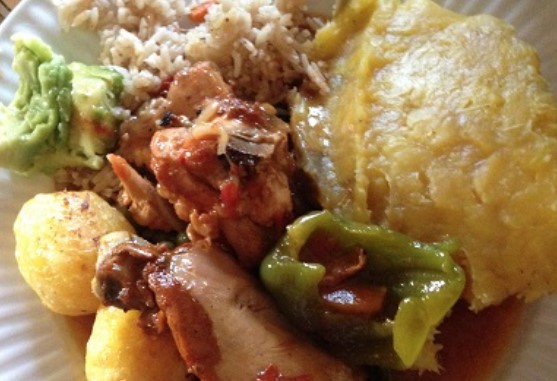Introduction: Exploring Street Food in Uganda
Street food is a common and popular way of getting a quick and affordable meal in Uganda. It is a reflection of local culinary traditions and a unique food culture that is worth exploring. However, the safety of street food is often a concern for many consumers. As such, it is essential to assess the safety standards of street food in Uganda and adopt safe consumption practices.
Assessing the safety standards of street food
The safety of street food in Uganda is a growing concern. Several factors, including poor hygiene practices, lack of regulations, and inadequate food handling techniques, can contribute to food contamination and foodborne illnesses. In recent years, the Ugandan government has taken steps to address these concerns by introducing food safety regulations and guidelines for street vendors. However, implementation and enforcement of these regulations remain a challenge.
Hygiene practices in street food vending
Hygiene practices are crucial in ensuring the safety of street food in Uganda. Street vendors must adhere to basic hygiene practices such as washing hands before and after handling food, using clean utensils and equipment, and storing food at the appropriate temperature. Additionally, vendors should wear clean clothes and use gloves when handling food. Consumers should also look out for vendors who follow good hygiene practices when buying street food.
Common street food items in Uganda
Uganda has a diverse street food culture, with a wide variety of dishes to choose from. Some of the popular street food items include Rolex, a chapati filled with eggs and vegetables, Kikomando, a combination of chapati and beans, and Mandazi, a fried dough often served with sweet tea. Others include samosas, roasted maize, cassava chips, and fried chicken. These dishes are readily available on the streets of Uganda’s cities and towns.
Tips for safe consumption of street food
To minimize the risk of foodborne illnesses when consuming street food in Uganda, consumers should adopt safe consumption practices. These include choosing vendors who follow good hygiene practices, avoiding street food with visible signs of contamination, washing hands before eating, and only consuming food that is cooked or boiled. Additionally, consumers should avoid consuming raw vegetables and fruits that have been washed with contaminated water.
Conclusion: Final thoughts on street food safety in Uganda
Street food in Uganda is a unique and delicious way to explore the local food culture. However, ensuring its safety is crucial. Consumers should adopt safe consumption practices, and vendors should adhere to basic hygiene practices to minimize the risk of food contamination and foodborne illnesses. With proper regulations, implementation, and enforcement, the street food industry in Uganda can continue to thrive, providing affordable and delicious meals to locals and tourists alike.


